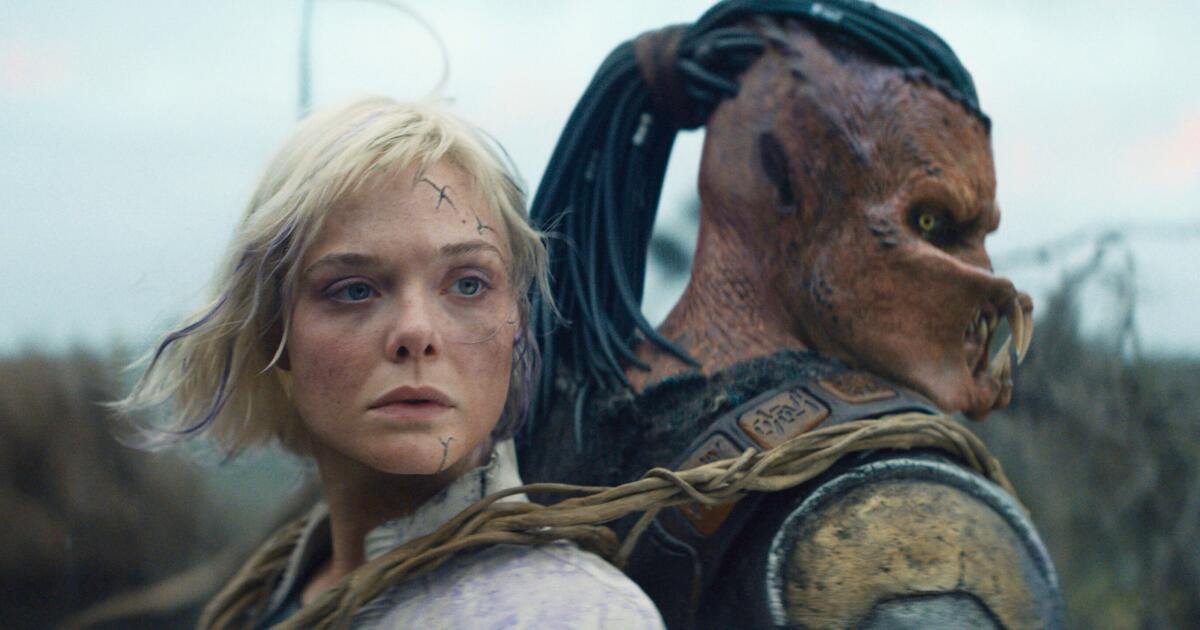80s soul legend reveals life-changing health battle that left him unable to speak
A MAJOR music legend just opened up about a life-changing health battle that left him unable to speak.
He couldn’t believe at one point he had to accept there was a chance of losing his voice forever, so he would never be able to sing again.
The 68-year-old from Essex found fame in 1983, after the huge success of his single ‘Mama Used To Say’.
From then on his career only continued to thrive on a global scale, making him into a household name.
Junior Giscombe was rushed over to St George’s Hospital in Tooting after he began struggling with speech in 2023.
He noticed his voice had changed after a performance, realising that by the end of his set he had no voice.
Upon being examined at the hospital, Junior learned that his left vocal cord had suddenly collapsed.
Without speech therapy and vocal rest, there wouldn’t have been a chance for the singer to take to the stage again.
Speaking about his recovery, Junior expressed unending thanks to the staff at St George’s who he fully credits for being the reason he’s still able to do what he loves.
“I’m extremely grateful to the team at George’s – without them, I would have no voice and would have to give up the job I’ve loved for almost 50 years.
“They have been amazing, and all the care I’ve had every step of the way has been second to none.
“I can’t stop singing their praises.”
Junior continued to urge fans – singers and non-singers out there – to make sure they look after their voices and to never take them for granted like he did in the past.
“Not being able to use my voice was incredibly frightening.
“Over the years, I would do shows and didn’t warm up my voice beforehand.
“As I never had any issues with my voice, I took for granted that it would always be there.
“Please don’t take your voice for granted like I did.
“Look after it.”
There are many factors aside from the strain of frequent singing that can lead to vocal cord damage, such as ageing or certain health conditions.
If you notice a change to your speech or a consistent soreness when speaking, it’s recommended to see a doctor.






